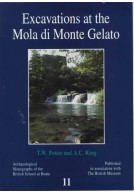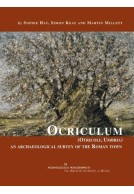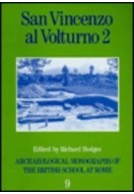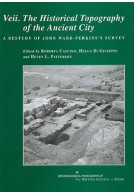Portus (Paperback)
An Archaeological Survey of the Port of Imperial Rome
Series: Archaeological Monographs of the British School at Rome
Pages: 360
Illustrations: 233 b/w illus, one fold-out
ISBN: 9780904152470
Published: 3rd May 2006
Casemate UK Academic
(click here for international delivery rates)
Need a currency converter? Check XE.com for live rates
In AD 42, the Emperor Claudius initiated work on the construction of a new artificial harbour a short distance to the north of the mouth of the Tiber. The harbour facilities were enlarged at the instigation of the Emperor Trajan at the beginning of the second century AD, and Portus remained the principal port for the City of Rome into the Byzantine period. The surviving archaeological remains and comments by ancient sources make it clear that Portus lay at the heart of Rome's maritime façade. As well as being a key Mediterranean centre for passengers and for the loading, unloading, transshipment and storage of products from across the Empire, it was also designed to make an ideological statement about the supremacy of Rome in the world. Portus is, thus, of key importance to understanding Rome and her relationship to the Empire. The project that forms the subject of this book was designed to use non-destructive techniques of topographic and geophysical survey in combination with systematic surface collection to provide a new understanding of the plan of Portus. The work was undertaken between 1997 and 2002 as a collaboration between the Soprintendenza per i Beni Archeologici di Ostia, the British School at Rome, and the Universities of Southampton, Durham and Cambridge. This volume presents the full results of the survey and uses them as the basis for a re-evaluation of the whole port complex. The geophysical survey results are interpreted in the context of earlier work at the site in order to offer new perspectives on the character and development of the site.


















